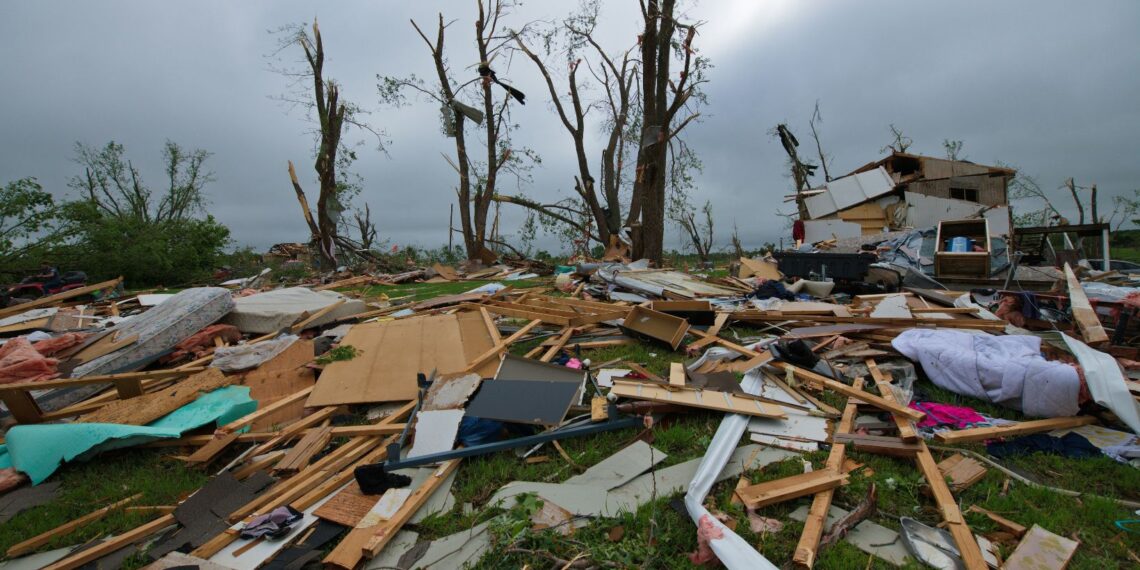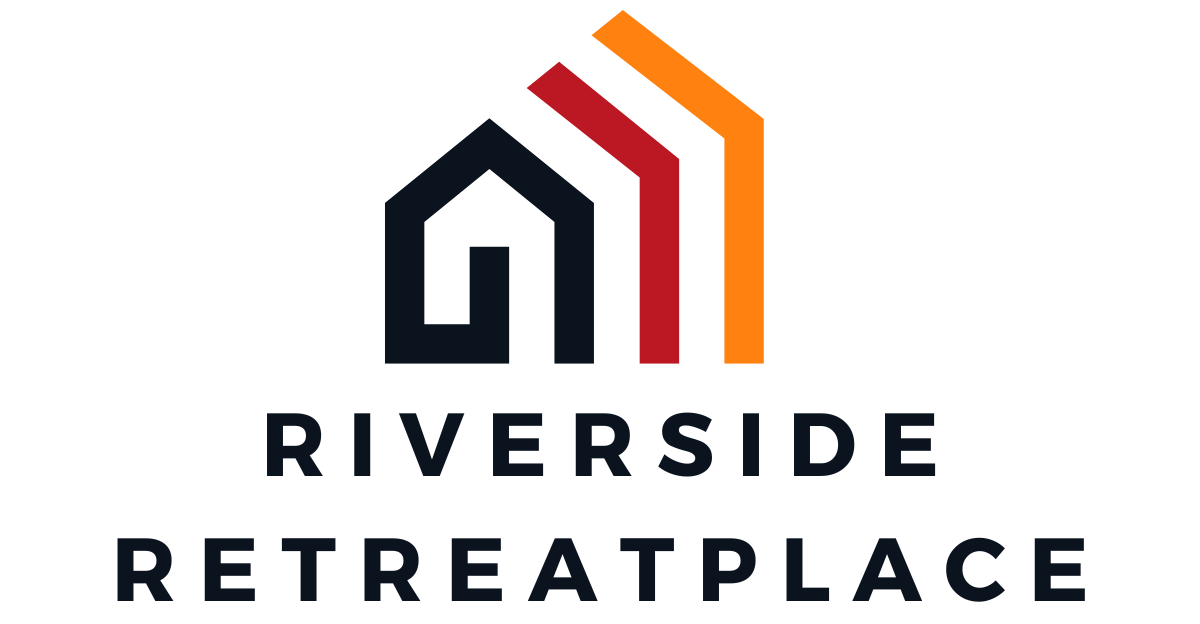
Weather-Proofing Your Business: The Role of Insurance in Disaster Planning
Every year, severe weather and natural disasters put businesses to the test. Storms, floods, and wildfires can interrupt operations, damage property, and leave owners with unexpected expenses. Adam S. Kaplan, a respected insurance professional, explores how the rising frequency of extreme weather events puts even more pressure on businesses to prepare and the role of insurance in disaster planning.
Without insurance, many companies struggle to recover from a single storm or flood. No owner wants to face that risk alone. Building a disaster plan supported by the right insurance gives owners the best shot at keeping their doors open and staff working. This article breaks down the financial risks and provides clear strategies for using insurance as part of a practical disaster plan.
Understanding the Financial Impact of Weather Disasters on Businesses
Natural disasters do not discriminate. Hurricanes churn across coastal states. Floodwaters rush through city streets and business parks. Wildfires sweep through rural areas and, sometimes, entire towns. Even strong storms or unseasonal freezes can trigger huge losses. Businesses lose more than broken windows or soaked carpets. Downtime can cost far more than replacing equipment or repairing a roof. Employees may be out of work. Key suppliers or clients might not be able to reach out. Revenue dries up while the bills keep coming.
“Recent years have shown how damaging weather can be,” says Adam S. Kaplan. “From hurricanes in Florida to winter storms in Texas, many areas have experienced devastating losses.”
Wildfires in California and heavy flooding in the Midwest left lasting scars on both small and large businesses. The financial impact hits on several fronts. First, there are direct losses to property, inventory, and equipment. Next comes the loss of revenue during downtime, when operations grind to a halt. If a business can not clear debris or power is out for days, sales drop to zero. Recovery can take weeks or months, testing even the most established companies.
Operating without a plan puts businesses at risk of permanent closure. The Federal Emergency Management Agency has stated that many businesses never reopen following a major disaster. The combination of asset loss and operational disruption makes a powerful argument for planning ahead. Insurance is a key part of keeping risks off the balance sheet.
Choosing the Right Insurance Coverage for Disaster Planning
Business owners face a crowded insurance marketplace. There are many forms of coverage, but each policy targets different losses. Property insurance covers office buildings, warehouses, equipment, and supplies from damage by fire, wind, hail, or lightning. Business interruption insurance covers lost income and fixed costs if damage by a covered peril suspends operations.
Flood insurance is often sold as a separate policy because standard property insurance usually excludes flood damage. For those in earthquake-prone areas, a dedicated earthquake policy becomes a must. Specialty policies exist for unique risks tied to a company’s location or industry.
Notes Kaplan, “Picking the right policies starts with a clear risk analysis. Owners should consider where their business sits, what disasters are most likely, and local regulations.”

Some states require certain coverage, especially for companies in high-risk zones. Local building codes, landlord rules, and industry standards can also shape which coverage is needed. A manufacturing plant in a hurricane zone compares very differently to a small retail shop downtown.
Industry matters too. Restaurants may suffer if a storm knocks out power and ruins perishable food. Warehouses in flood plains have different exposures than tech companies located in office parks. Owners should make a habit of reviewing what equipment, physical property, and inventory would need to be replaced after a disaster.
Adding up replacement costs gives a clear baseline for setting coverage limits. It makes sense to review these numbers yearly, as prices rise and business assets change. Policy details deserve close attention. Some policies cover “named perils,” which are specific types of disasters listed in the contract.
Others are “all-risk” or “open-perils,” which cover any disaster not specifically excluded. Certain disasters, like earthquakes or floods, are often excluded from standard policies in high-risk areas. Owners must read everything, asking agents detailed questions and requesting explanations in plain language.
Business owners quickly find that insurance contracts can be complicated. However, missing details can lead to costly gaps when making a claim. Policy limits set the maximum amount an insurer will pay, so they should match replacement costs. Exclusions outlined in the policy list disasters or losses not covered, and these are often buried in fine print. Covered perils appear as a specific list for “named perils” or remain broad for “open-perils” policies.
The claims process should be clear and not delay payment. Some policies require detailed documentation or have strict deadlines for reporting losses. Waiting periods, which are the delays before coverage starts after a policy is bought, deserve particular attention.
A hurricane insurance policy with a 30-day waiting period will not help when a storm is already approaching. Owners should get familiar with policy terms before signing. Insurance contracts use specific definitions that may not match ordinary language. Never assume what is covered.
Working with agents who specialize in disaster or commercial policies can help owners buy what they actually need, rather than accepting the cheapest policy on offer. Understanding key features saves time and stress later. By reading the fine print and clarifying coverage, businesses position themselves to recover faster after a disaster.
“Insurance alone is not a disaster plan. Effective recovery requires both financial protection and a plan that guides staff actions before, during, and after an event,” says Kaplan.
Businesses should link insurance with emergency action plans. These plans include evacuation routes, communication chains, and backup procedures for IT systems or records. Training employees in emergency response builds confidence and coordination. Staff should know where to find safety equipment, how to reach emergency services, and whom to contact with updates.
Regular drills help identify weak spots in plans and keep safety top of mind. Communication is essential during disruption. Keeping clients, employees, and partners in the loop can save relationships and reputation. A contact sheet, pre-written email templates, and social media posts ready for quick deployment speed up response times.
Assessing supplier risks and planning alternate routes or suppliers also reduces downtime. Reviewing insurance and bringing it in line with emergency plans closes gaps before disaster hits. Annual policy checks help keep coverage up to date as a company grows or moves locations.
Owners benefit from updating policies after major asset purchases, changes in staffing, or new lines of business. The best disaster planning teams insurance protection with organized, practiced response measures. When the unexpected arrives, everyone knows their role and can act quickly. Insurance helps pay the bills, while planning keeps staff and operations moving forward.
Businesses face real risks from severe weather and natural disasters, but robust planning backed by smart insurance choices can reduce those threats. A single insurance policy often falls short. Owners who assess their needs, read policy details, and develop clear action plans put themselves on stronger footing.
Knowing that operations and assets are protected brings peace of mind. Insurance turns unpredictable losses into manageable challenges. Strong disaster planning and updated insurance means fewer surprises, less financial pain, and a faster road back to business as usual.
